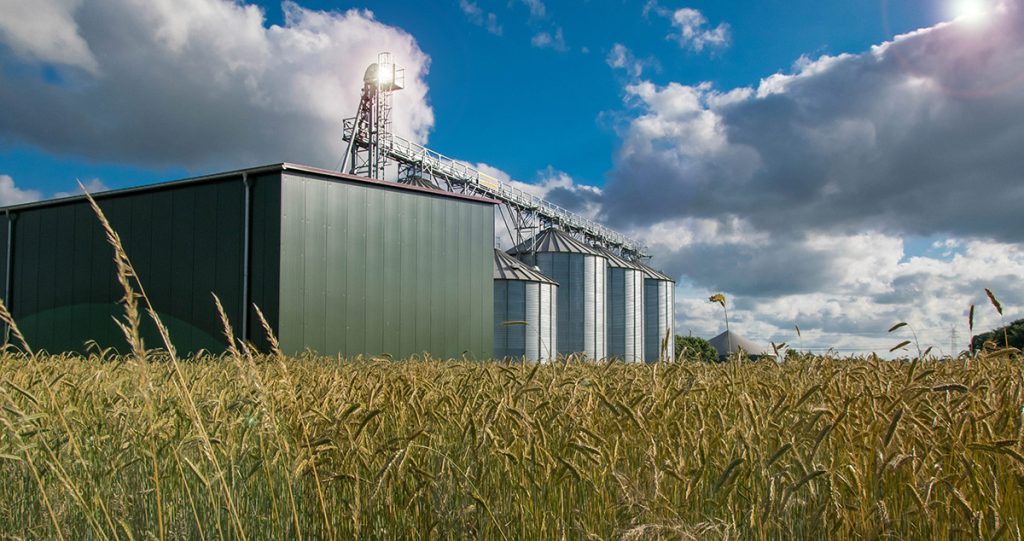As the harmful effects of climate change continue to impact our world, the importance of alternative fuel and energy sources, like bioenergy, wind energy, and solar power, is clear. Countries must begin ramping up the utilization of alternatives, and quickly, to protect our environment before it is too late.
As an alternative energy source, bioenergy has the potential to provide our country with necessary fuel and power while mitigating some of the destructive consequences of fossil fuels.
But what benefits, specifically, does bioenergy offer for our environment? In this article, we will touch on just some of the ways bioenergy can provide us with a crucial fuel and energy source while improving our environment at the same time.
Reduced greenhouse gas emissions
One of the most significant impacts of bioenergy on the environment is the reduction of greenhouse gas (GHG) emissions. The amount of reduction depends on a variety of factors, such as the type of biomass used and the method of bioenergy production. However, bioenergy has been shown to have potentially better GHG reduction benefits than other alternative energy sources.
While fossil fuels release high levels of CO2 into the atmosphere, bioenergy is considered a carbon-neutral energy source. Since the CO2 released during bioenergy production is the same carbon that circulates through the atmosphere during photosynthesis and decomposition, additional CO2 is not being added to the air.
Sustainable energy
Unlike fossil fuels, which are finite energy resources, bioenergy is renewable and sustainable. Fossil fuels take millions of years to develop, while biomass sources like trees, grasses, and other crops can be grown, harvested, and replanted over a much shorter timeframe.
Its sustainability also allows biomass production to improve its direct environment over time. The growth of crops used for biomass can lead to better health of the soil, improved wildlife habitat, and enhanced water quality.
While the positive effects are clear, large-scale biomass production has the potential to cause erosion and decreased soil fertility. Producers must carefully manage their production efforts to ensure these negative effects on the soil are minimized.
Protective cover
Cover crops are often used on farms and forests to improve the health of the soil and deter unwanted pests. These crops are not harvested, but rather, they help protect the vulnerable soil and local wildlife. They also improve water quality and availability in the area, as well as boost the local biodiversity.
Biomass crops like switchgrass can be grown as cover crops, preserving the health of the nearby land and wildlife while offering a renewable source of biomass. Switchgrass and other crops planted for biomass purposes can be harvested and regrown to continuously provide both cover and material used in bioenergy production.
Additional benefits of bioenergy
Along with these important environmental benefits, bioenergy provides other advantages over traditional fossil fuels. Bioenergy production creates cost savings as well as development and job opportunities in agriculture and related industries. By lowering our dependence on foreign oil, it also contributes to our country’s energy security.
At FDCE, our bioenergy sector focuses on switchgrass production for direct combustion biofuels, biochar, and switchgrass poultry bedding. With our experience and expertise in these areas, we can help get your bioenergy project off the ground. Reach out to us at FDCE today to get started.

